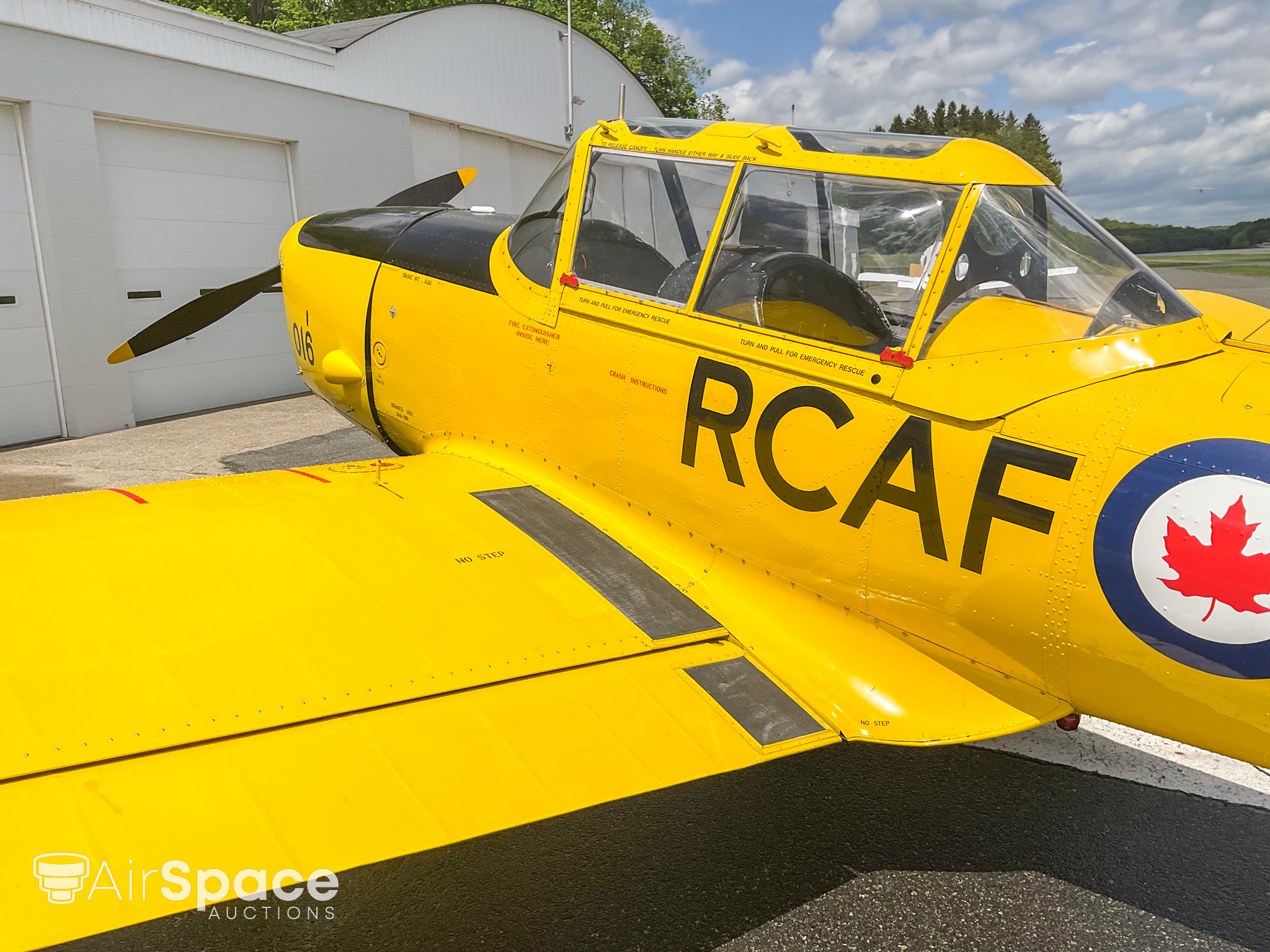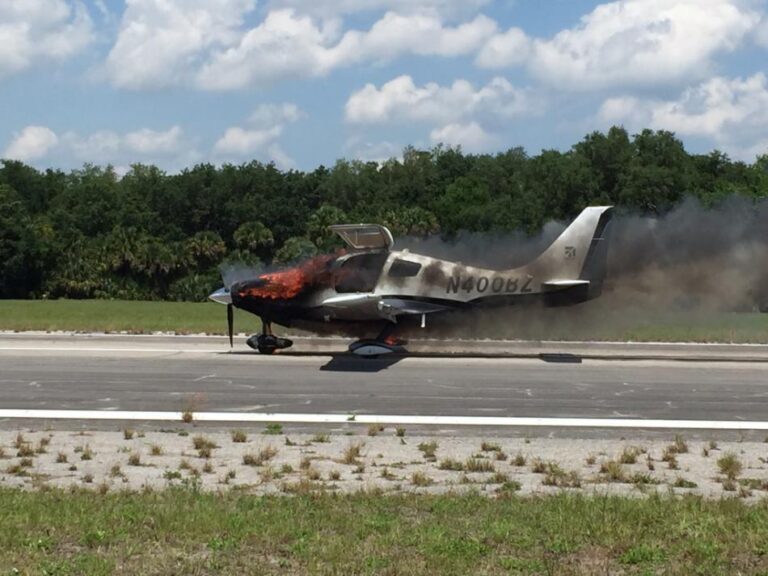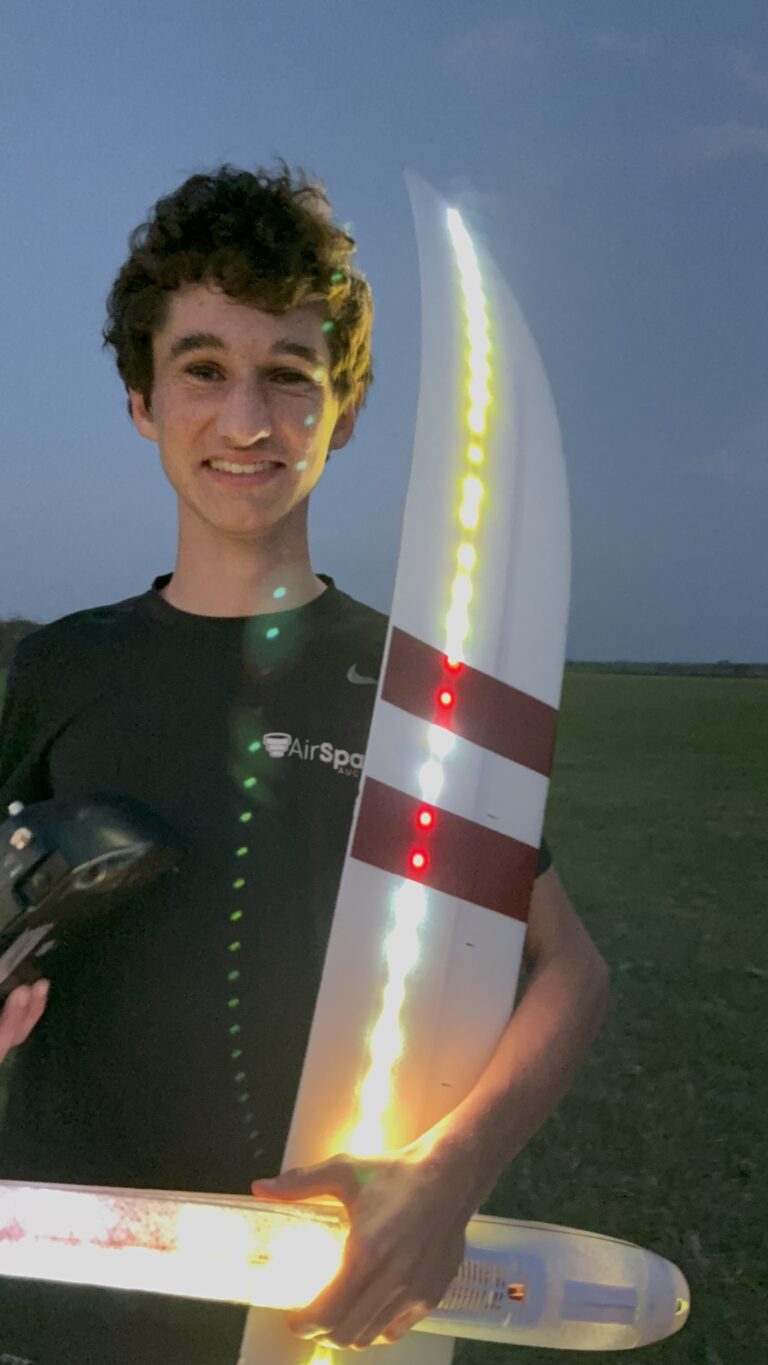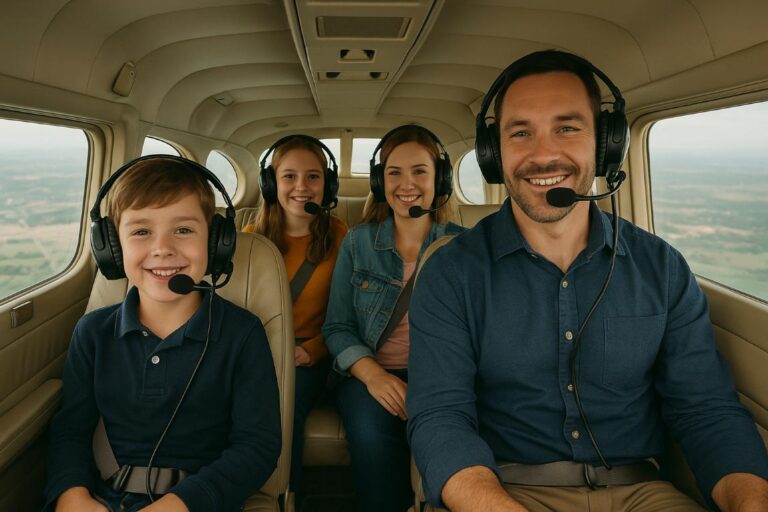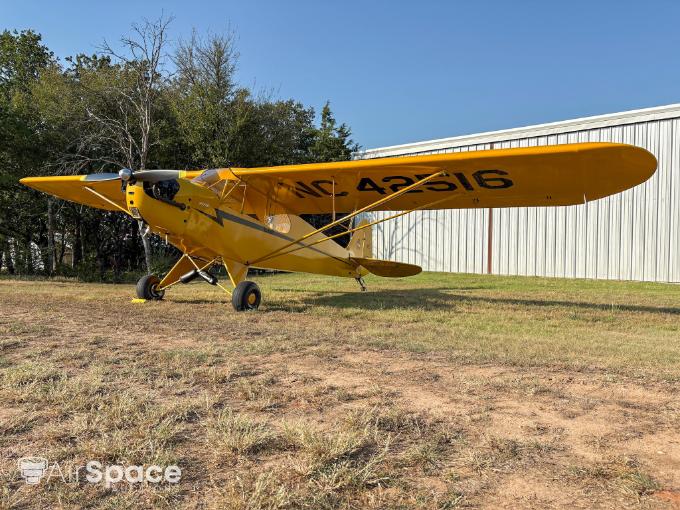Rare Certified Classic: The 1952 De Havilland Chipmunk N829WP
For vintage aviation enthusiasts, few aircraft deliver the blend of heritage, performance, and certified reliability like the De Havilland Chipmunk. Among these classic trainers, the 1952 De Havilland DHC-1 Chipmunk, registration N829WP, stands apart as one of the few to hold a Standard Airworthiness Certificate. While most British-built Chipmunks are limited to experimental classification, this rare example offers a unique opportunity: certified, vintage, and ready to fly.
With a fresh annual and exceptional presentation, N829WP is set to be auctioned by Airspace Auctions from June 18–25, 2025. It represents a rare chance to acquire a warbird with a proven pedigree, operational flexibility, and value. Below, we explore the Chipmunk’s origins, performance history, and the specific features of this aircraft that make it a standout example.
The De Havilland Chipmunk: Historical Overview
First flown in 1946, the De Havilland Canada DHC-1 Chipmunk was designed to replace the aging de Havilland Tiger Moth biplane as the primary trainer for the Royal Canadian Air Force (RCAF) and other allied air forces. Its design reflected lessons learned in WWII: a low-wing monoplane with enclosed cockpits, dual controls, and modern flight characteristics.
The Chipmunk was the first aircraft designed and produced by de Havilland Canada. It featured an all-metal wing, a robust steel-tube fuselage structure covered in fabric, and a fixed tailwheel landing gear. Over 1,200 were built, with production occurring in Canada, the United Kingdom, and under license in other nations. The aircraft became a staple for primary pilot training in the RAF, RCAF, and other air forces worldwide for decades.
What sets the Chipmunk apart was its balance between forgiving handling and precision aerobatic capability. It could train new pilots safely yet transition easily into advanced maneuvers. The Chipmunk became beloved not only for its practical value but also for its responsive flight controls and well-harmonized aerodynamics.

De Havilland: A Legacy of Innovation
Founded in 1920, the de Havilland Aircraft Company was a cornerstone of British aviation. Known for its pioneering spirit and engineering excellence, de Havilland produced several iconic aircraft, including the DH.98 Mosquito, the Comet (the world’s first jet airliner), and the Dragon Rapide.
De Havilland’s post-war Canadian operations extended this legacy. With the DHC-1 Chipmunk, de Havilland Canada launched a successful lineage of utility and STOL aircraft that would include the Beaver, Otter, and Twin Otter—still flying in remote environments today.
The Chipmunk is a critical bridge between WWII-era training philosophies and Cold War-era flight instruction. It reflected de Havilland’s ability to adapt to new operational requirements and advance general aviation’s capabilities.
The Certified Advantage: What Makes N829WP Rare
N829WP is not just another Chipmunk. Most surviving British-built Chipmunks have been imported into the U.S. under the Experimental Exhibition category, limiting their utility and resale value. N829WP, however, is a Certified example—a rare Standard Airworthiness aircraft.
This means that N829WP can be used more flexibly, enjoys broader maintenance options, and qualifies for insurance under more favorable terms. With proper documentation including a full STC for the Slick magneto upgrade, N829WP offers vintage style without compromise.

Airframe
This 1952 De Havilland DHC-1 Chipmunk, serial number C1-0710, has 7,575 hours total time on the airframe. It retains the traditional structural makeup of the Chipmunk series—steel tube fuselage with fabric covering and all-metal wings. The fabric and paint are in excellent condition and finished in the iconic RCAF Trainer Yellow scheme. Performance-wise, it offers a useful load of 672.43 pounds and a fuel capacity of 22 gallons, delivering a cruise speed of 121 mph at 5,000 feet and a range of 200 nautical miles. Stall speeds are 52 mph clean and 44 mph with flaps deployed at 30°.
This aircraft’s combination of heritage, utility, and certified status make it ideal for vintage fly-ins, warbird displays, or local cross-country flying.

Engine
Powering N829WP is a 145-horsepower De Havilland (Rolls-Royce) Gipsy Major 10 MK2 engine, serial number 12057. This engine has 421 hours since major overhaul and only 125 hours since a top overhaul completed on September 30, 2020, by Vintage Engine Technology Limited. The Gipsy Major engine is known for its reliability and smooth operation, and this unit delivers performance consistent with the aircraft’s original specifications.
The engine has a distinct upright in-line four-cylinder configuration, producing excellent forward visibility from the cockpit. With low-time components and a recent top overhaul, this powerplant is ready for continued dependable use.

Propeller
The aircraft is equipped with a Fairey-Reed fixed-pitch, two-blade metal propeller, serial number FR27769, with a diameter of 81 inches. This propeller has 969 hours since its last overhaul, which was performed on June 1, 1994. The Fairey-Reed design is period-correct and aligns with the aircraft’s certified configuration. While many warbirds have been converted to more modern propellers, this one retains its historical integrity, contributing to the aircraft’s collector value.

Avionics
Front Cockpit
The front seat is equipped with modernized avionics that enhance safety and situational awareness while preserving the vintage feel. Included are:
- Garmin GTX 327 Transponder
- Garmin GDL 82 ADS-B Out
- BendixKing KLX 135A GPS/COM
- Standard six-pack instruments including:
- RPM Gauge
- Altimeter
- Airspeed Indicator
- Vertical Speed Indicator
- Attitude Indicator
- Turn Coordinator
- Compass
- Oil Temperature and Pressure Gauges
- RPM Gauge
This panel offers basic navigation and compliance with ADS-B requirements while retaining a period-appropriate layout.

Rear Cockpit
The rear cockpit includes secondary flight instrumentation, allowing the aircraft to be flown from either seat—a core requirement for its original use as a trainer. Instruments include:
- RPM Gauge
- Airspeed Indicator
- Altimeter
- Attitude Indicator
- Turn Coordinator
- Vertical Speed Indicator
- Compass
- Oil Temperature and Pressure Gauges
This dual-cockpit layout is essential for instruction or demonstration flights and adds significant operational flexibility.

Exterior
The exterior of N829WP is finished in a striking RCAF Trainer Yellow paint scheme, true to its service heritage. The aircraft features Canadian Air Force roundels, a red-white-blue fin flash, and black serial number markings. The fabric-covered surfaces are taut and in great condition, indicating careful maintenance and restoration. This aircraft is an excellent showpiece for vintage and warbird events.
Interior
The interior remains faithful to the aircraft’s original design, featuring black vinyl seating and period-accurate controls and gauges. While the aircraft has received necessary upgrades, such as a certified Slick magneto conversion, the cockpit layout retains its classic appearance. Both cockpits are clean, functional, and well maintained, with no known flaws or corrosion.
Additional Features
- Certified Aircraft: One of the few Chipmunks with a Standard Airworthiness Certificate in the U.S.
- Slick Magneto Upgrade: Fully documented and STC-approved conversion.
- Cleveland Wheels and Brakes: Improve ground handling and braking performance.
- No Known Incident History: The aircraft has a clean record with no recorded damage history.
- Logs: Complete civilian logs; RAF logs have some gaps, common for warbird-class aircraft.
- Corrosion: No known corrosion.
- Annual Inspection: Aircraft will be delivered with a fresh annual.
These features contribute to both the immediate usability and long-term value of N829WP.

Auction Information: Own a Certified Classic
Auction Dates: June 18–25, 2025
Location: 12N – New Jersey
Registration: N829WP
Deposit: $3,000
Buyer’s Premium: 6%
This aircraft will be sold with a fresh annual and complete civilian logbooks. This offering is aimed at collectors, warbird enthusiasts, and certified-class pilots seeking a unique blend of history and usability.
Summary: Certified Elegance in a Warbird Frame
The 1952 De Havilland DHC-1 Chipmunk N829WP is more than just a trainer—it’s a certified piece of aviation history. With classic design lines, certified documentation, and a well-maintained mechanical profile, it’s a rare example of a military primary trainer adapted for today’s certified airspace.
Whether you’re an experienced warbird collector or a pilot looking for a high-character, certified taildragger, N829WP represents a rare opportunity. Its historical significance, aesthetic appeal, and airworthiness status set it apart from the majority of Chipmunks currently flying under experimental limitations.
Auctioned by Airspace Auctions from June 18 to June 25, 2025, this aircraft is positioned to deliver value, performance, and heritage in equal measure.
Specifications and/or descriptions are provided as introductory information only and do not constitute representations or warranties. Verification of specifications remain the sole responsibility of purchaser.






